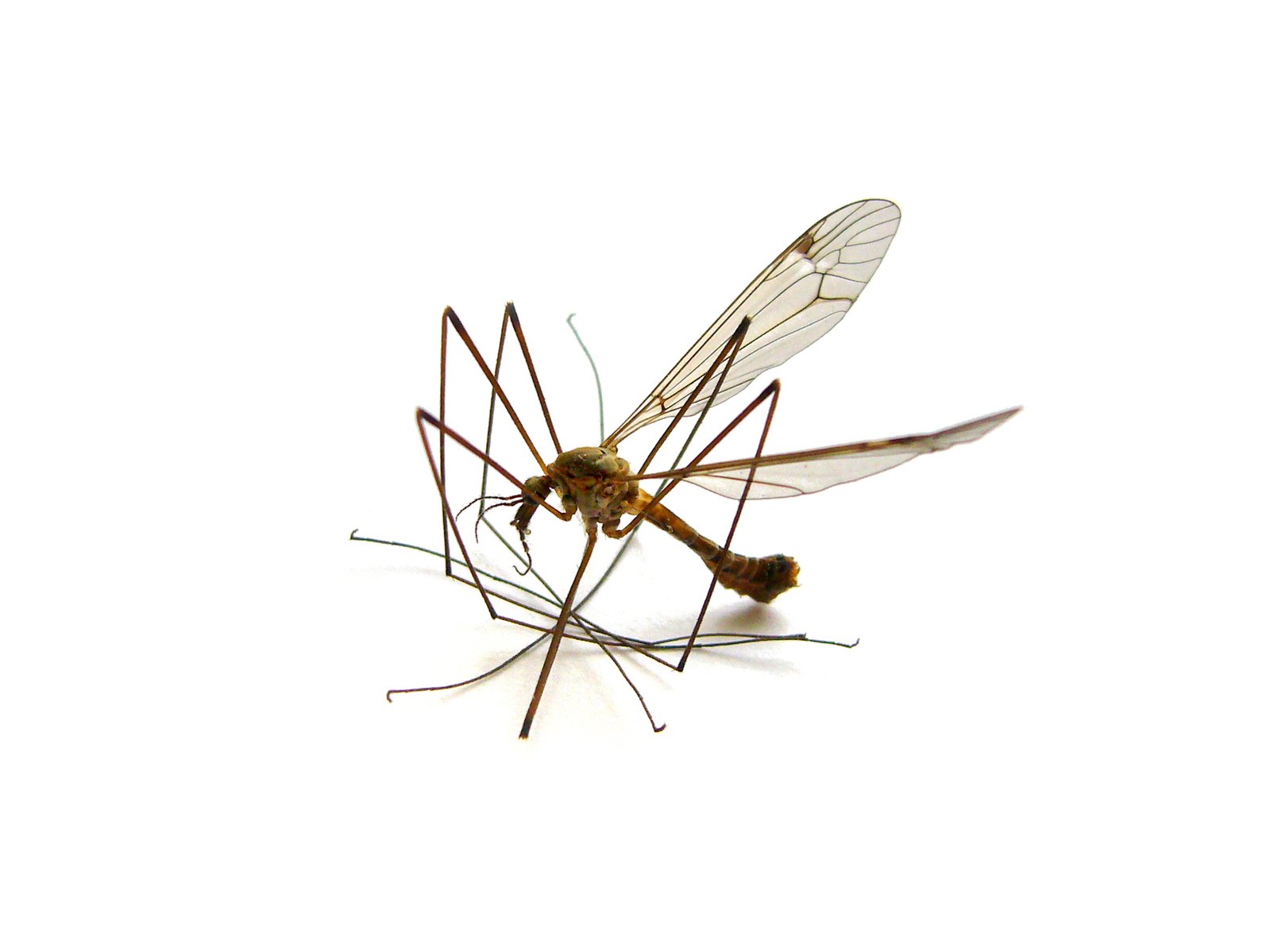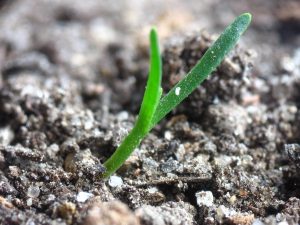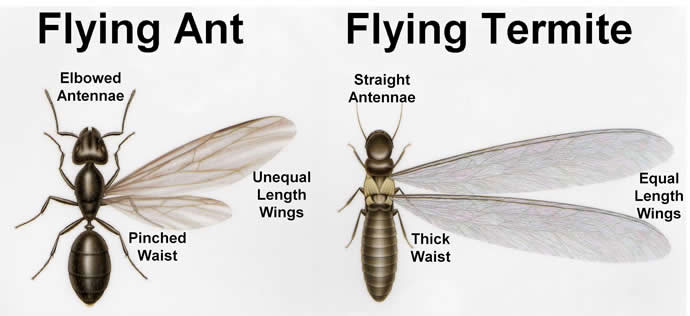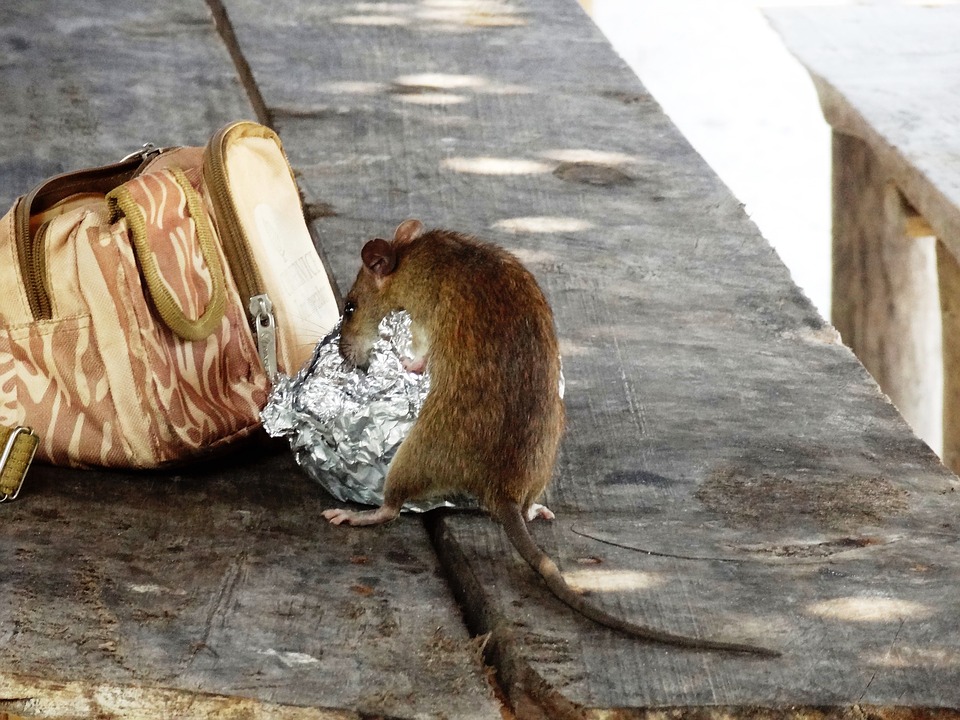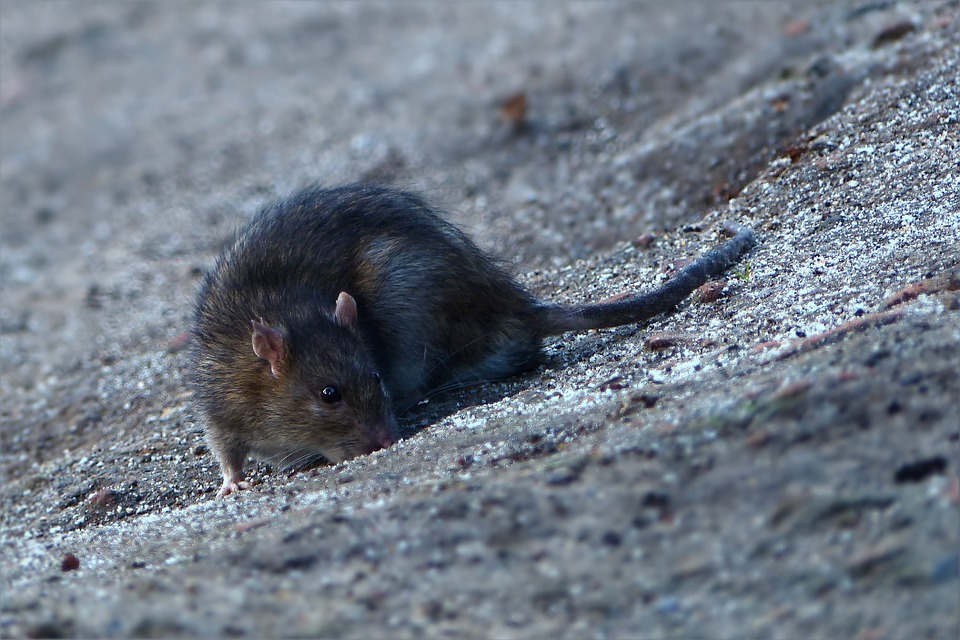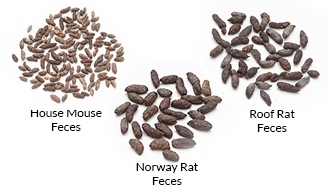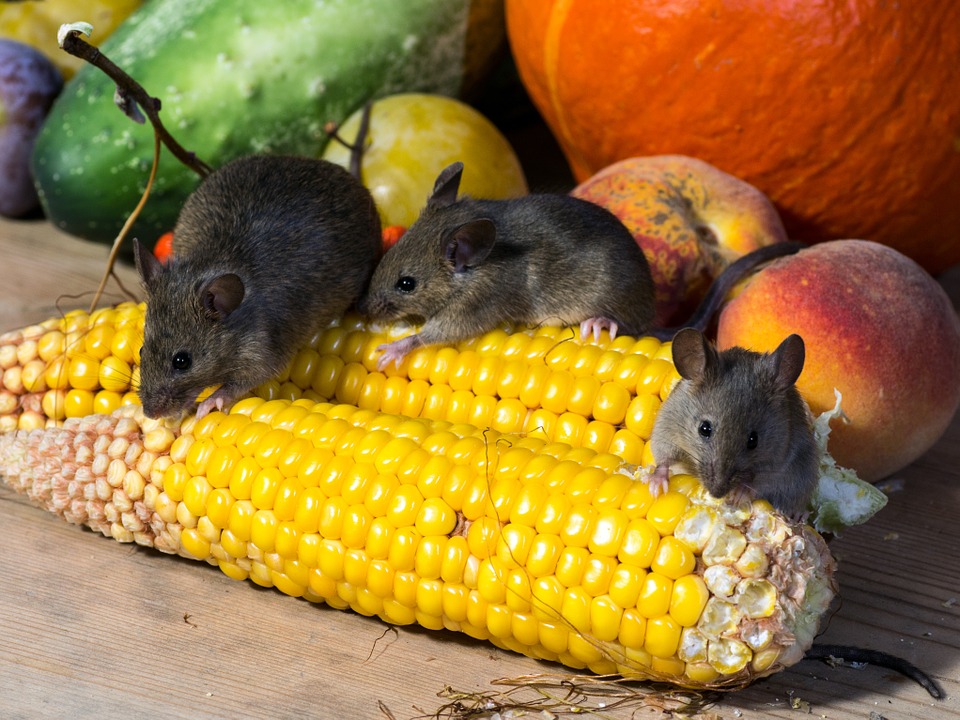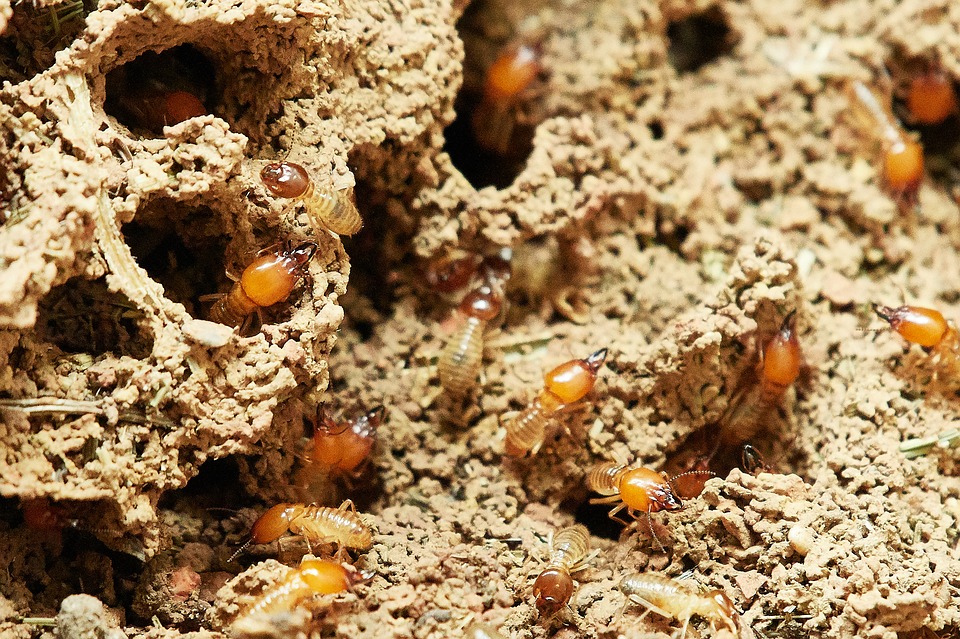
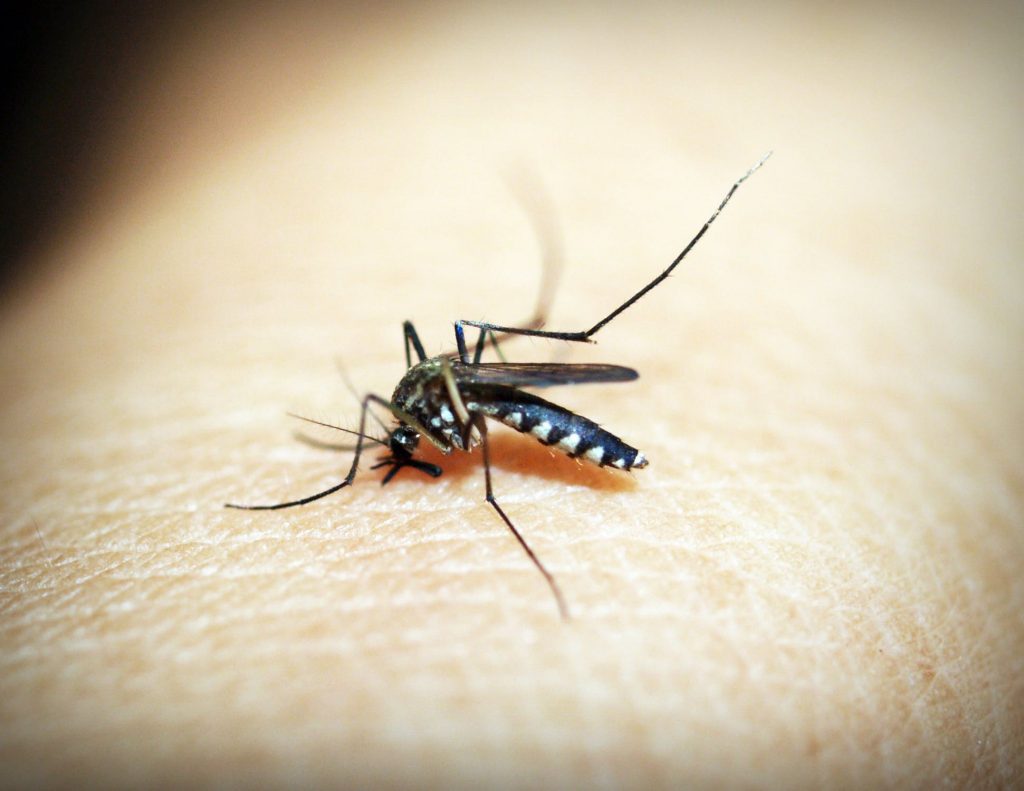
Mosquito Prevention Sydney
Need Help?

Mosquito Prevention in Sydney is important as mosquitoes are more than just a nuisance, they can transmit serious diseases.
To protect against mosquitoes and reduce the risk of diseases they transmit:
- Wear loose-fitting long-sleeved shirts and long pants when outside
- Apply mosquito repellent to all exposed skin;
- Take special care during dawn and dusk where mosquitoes are at their peak;
- Remove potential mosquito breeding sites from around the home
- Screen windows and doors.
Take additional precautions when travelling overseas in areas with a high risk of serious mosquito-borne diseases.
Mosquitoes can transmit several serious diseases to humans.
In New South Wales, some types of mosquitoes can transmit viruses such as
- Ross River Fever
- Barmah Forest Virus
- The virus that causes Murray Valley encephalitis.
When travelling overseas to countries that have a high risk of mosquito -borne diseases additional care should be taken by using repellents and other general protective measures to avoid mosquito bites.
Risk factors from mosquito bites in overseas countries can include
What you can do to protect your family this season from Mosquito bites in Sydney
Choose the right repellent for Mosquito Prevention sydney, new south wales
A topical insect repellent that contains diethyltoluamide (DEET), picaridin or one that contains oil of lemon eucalyptus, will provide the longest lasting protection.
Repellents that contain plant extracts such as citronella or tea tree oil, need to be applied more frequently to protect against bites.
When it comes to repellents, just dabbing it on here and there is not enough to stop the bites.
For the most effective protection insect repellent should be applied as a thin covering on all exposed areas of skin.
Brighten up your summer
Mosquitoes appear to like dark colours, especially dark blue. If you are planning on going outside choose pale colours to wear. They won’t stop mosquitoes from biting you, but it may reduce the mosquito’s attraction to you.
Peak Time – dusk and dawn
Mosquitoes tend to look for blood throughout the night but during the hours between dusk and dawn is when you really need to be vigilant in protecting your family.
Fill pot plant saucers with sand
Fill the saucers of your pot plants with sand. This method traps moisture but prevents water from sloshing around that mosquitoes could otherwise breed in.
Turn on a fan
Circulating air inside the house may assist in hiding you from mosquitoes. The moving air disrupts their flight and disperses the Co2 that we exhale.
Fun Fact: Mosquitoes rely on Carbon Dioxide that we exhale to find someone to bite!
Blue lights Traps – Do not work for mosquitoes
Light traps that electrocute bugs when they fly into them, do not work on mosquitoes. The reason for this is that mosquitoes are not attracted to light, so they will choose to stay away,
Smartphone apps, Really?
You have probably seen apps in the app store or google play store that claim to repel mosquitoes with high frequency sounds. There is ZERO scientific evidence that sounds will protect you from mosquito bites!
Smelly feet & cheese
In recent times scientists have discovered that some mosquito species are attracted to smelly cheese such as limburger cheese. The cheeses smell is produced by bacteria, like that which can be found between your toes, hence the weird link between feet & cheese. Choosing to wear closed in shoes rather than thongs may result in less bacterial odours being emitted, reducing
Mosquito Attractants
Some people have an increased likeliness to be bitten by mosquitoes than others. Some of these reasons are:
Drinking Beer could lead to bites
Studies have shown that drinking beer could increase your attraction to mosquitoes.
High Cholesterol levels attract mosquitoes
Mosquitoes are attracted to cholesterol hence not only lowering your cholesterol levels for health reasons, it can reduce also reduce the mosquito’s attraction to you
Taking steroids attract mosquitoes
Steroids usage whether they are being used to build muscle or for medical reasons there is a downside in the fact that steroids also attract mosquitoes. However, for people who need to take medically prescribed steroids for their health, one other down side the side effects that can come from this type of medication is an attraction to mosquitoes.
Carbon Dioxide attracts mosquitoes
Mosquitoes can detect carbon dioxide from a 50 meters away. Adults exhale more carbon monoxide than children which is a reason that adults are usually more of a target for mosquitoes. Pregnant women are also at a higher risk of being bitten by mosquitoes as their co2 levels increase due to the pregnancy.
Further Reading:

![]() Pest Control Today can assist you with your mosquito pest control needs. For free advice on mosquito management click to call or contact us via our website.
Pest Control Today can assist you with your mosquito pest control needs. For free advice on mosquito management click to call or contact us via our website.


